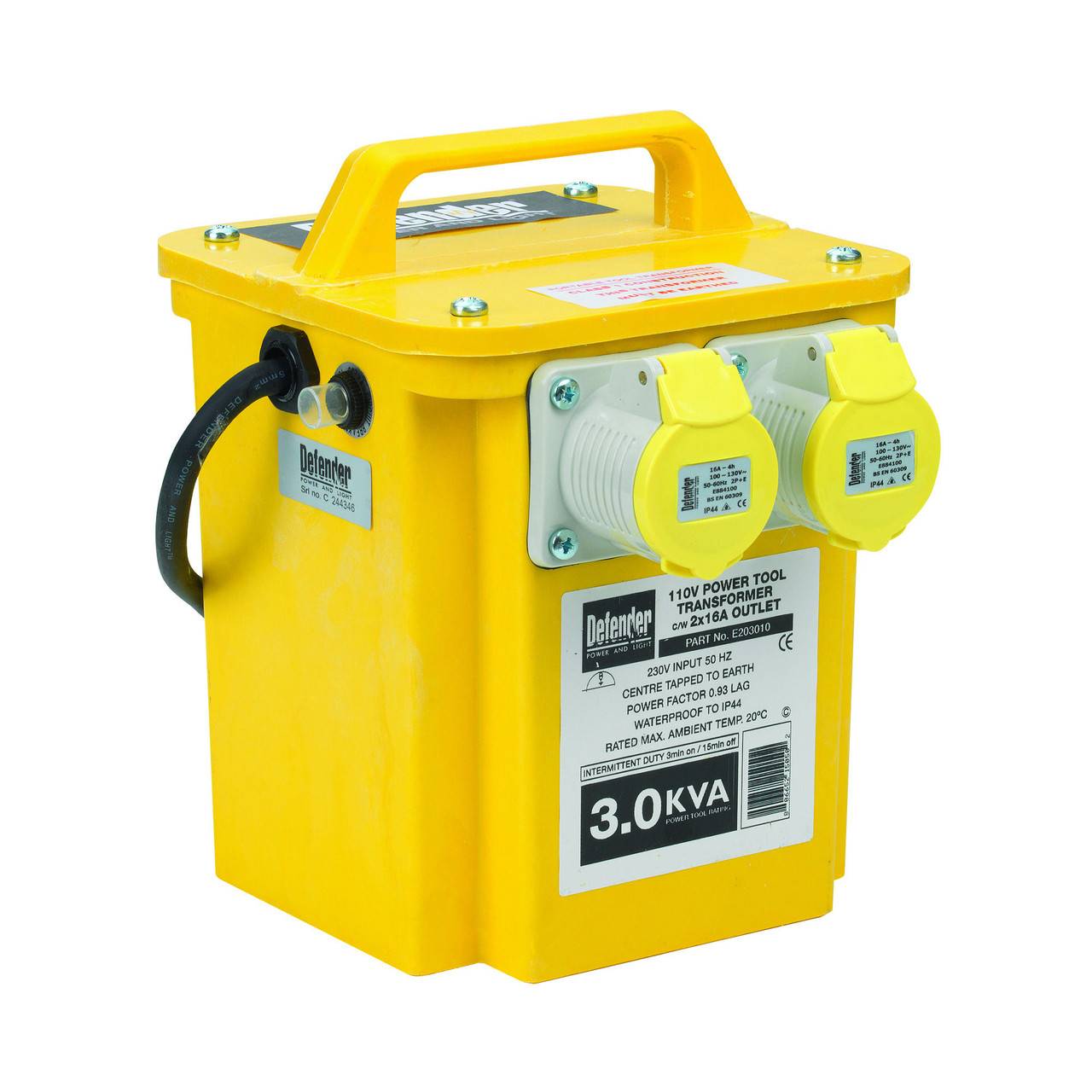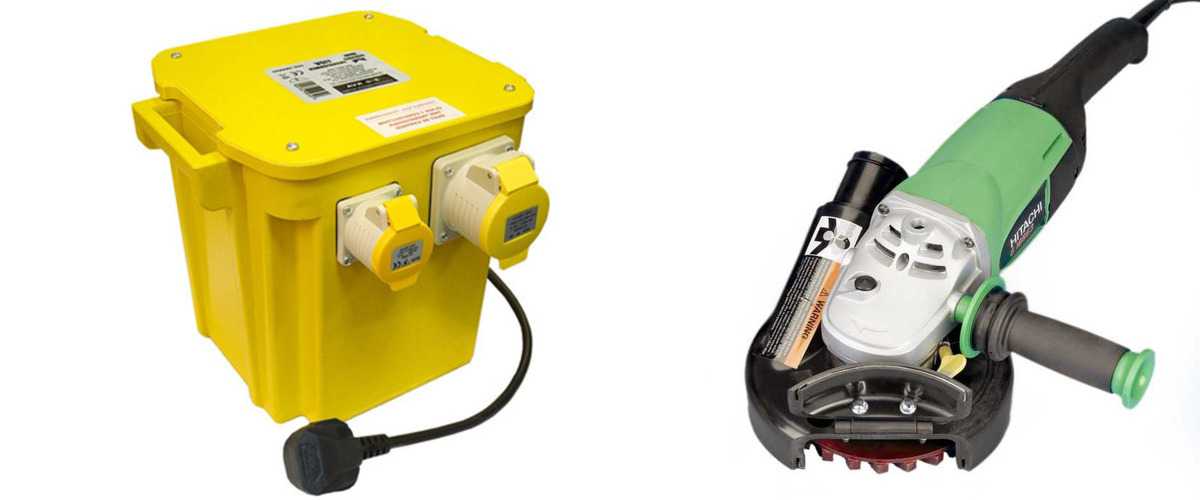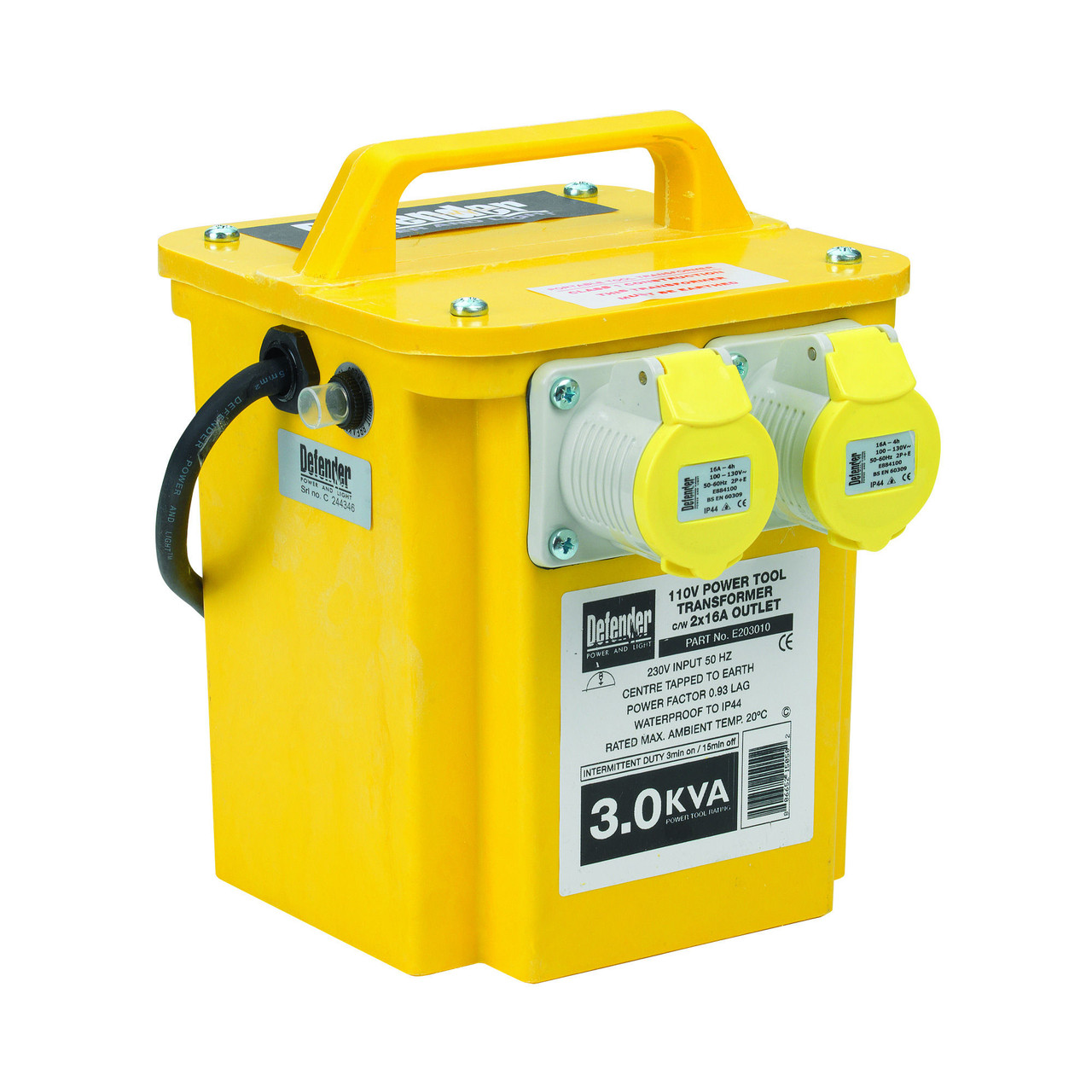Have you ever wondered why power tools are typically 110v? Well, get ready to dive into the electrifying world of power tools and discover the reasons behind their voltage requirements! Whether you’re a budding DIY enthusiast or just curious about the inner workings of these handy devices, we’ve got you covered. So, sit back, grab your safety goggles, and let’s explore why power tools often operate on 110v.
Picture this: you’re all set to tackle your latest home improvement project, and you reach for your trusty power drill. But wait, why is it marked as 110v? What’s the deal with this specific voltage? The answer lies in the electrical system commonly used in North America. You see, households in this region are typically wired to provide 110-120 volts of electricity. It’s the standard voltage for residential outlets, and power tool manufacturers have tailored their products to match this electrical infrastructure.
Now, you might be wondering why North America settled on 110-120v. Well, historical factors played a significant role. In the late 19th century, when electricity was first being harnessed for practical use, several different voltage standards were being experimented with around the world. In North America, Thomas Edison’s direct current (DC) system emerged as the dominant player, using 110 volts as its standard.
So, the prevalence of 110v power tools in North America is a result of historical technological advancements and the standardization of electrical systems in the region. But what about other parts of the world? Keep reading to find out if power tools in different regions operate on the same voltage or if they have their own unique requirements!

Why Are Power Tools 110v?
Power tools have become an essential part of any DIY enthusiast or professional tradesperson’s toolkit. From drills and saws to sanders and grinders, these tools make tasks easier and more efficient. One question that often arises is why power tools are typically designed to operate at 110v. In this article, we will delve into the reasons behind this standard voltage and explore its benefits and implications.
The History of Power Tools
In order to understand why power tools are predominantly 110v, we need to take a trip back in time to the early days of electricity. In the late 19th century, when electric power was first being harnessed, there was no standardized voltage. Different regions and even different cities had their own electrical systems, each operating at various voltages. This lack of standardization posed significant challenges for manufacturers and users of electrical devices, including power tools.
Fast forward to the 20th century, and the need for a standardized electrical system became increasingly apparent. The introduction of alternating current (AC) power, championed by Nikola Tesla and adopted by Westinghouse Electric Corporation, brought about the development of the modern electrical grid. This AC power was typically supplied at either 110 volts or 220 volts, depending on the region. The decision to use 110v as a standard for domestic applications, including power tools, was primarily due to safety concerns and practical considerations.
The 110v voltage standard offered a balance between safety and usability. It was considered a safe voltage that minimized the risk of electric shock, especially when coming into contact with damp or wet conditions. Additionally, 110v allowed for the use of smaller, lighter-gauge wiring, making it more cost-effective and easier to handle. These factors contributed to the widespread adoption of 110v as the standard voltage for power tools.
The Benefits of 110v Power Tools
Now that we understand the historical context and reasoning behind the use of 110v for power tools, let’s explore the benefits of this standard voltage.
1. Safety First
The primary advantage of using 110v power tools is safety. The lower voltage significantly reduces the risk of electrocution, making it safer for users, especially those who may not have extensive electrical knowledge or experience. In the event of an electrical fault or accidental contact with exposed wires, the potential for severe injury or even death is greatly minimized.
2. Availability and Compatibility
Another benefit of sticking to the 110v standard is the widespread availability of compatible tools and equipment. Most power tool manufacturers design their products to operate at 110v due to its prevalence in residential and commercial settings. This means that users have a wide range of options when it comes to choosing tools, and can easily find replacement parts and accessories as needed.
3. Ease of Use
Operating power tools at 110v also offers a level of convenience and ease of use. The lower voltage allows for the use of thinner, more flexible power cords, which are easier to manage and transport. Additionally, 110v tools can be plugged into standard electrical outlets found in homes and many worksites, eliminating the need for special adapters or transformers.
In summary, the use of 110v as the standard voltage for power tools can be attributed to historical reasons, safety considerations, and practical benefits. Understanding this standard allows users to make informed choices when selecting and using power tools, ensuring a safer and more efficient experience.
Power Tool Voltage: Beyond 110v
While 110v is the standard for power tools, it’s important to note that there are other voltage options available in the market. In this section, we will explore some of these alternatives and the situations in which they may be preferred.
Higher Voltage Options: 220v and Beyond
In certain situations, power tools operating at higher voltages may be desired or required. The most common higher voltage option is 220v, which is often used for heavy-duty or industrial applications. Tools operating at 220v can deliver more power, making them suitable for demanding tasks that may exceed the capabilities of lower voltage tools. However, it’s important to note that using 220v tools requires a dedicated circuit and special outlets, which may not be readily available in all households or work environments.
Beyond 220v, there are even higher voltage options, such as 240v or 480v, commonly used in large-scale industrial settings. These voltages provide even greater power capabilities but are typically not required for everyday household or small-scale DIY projects.
Alternatives: Cordless and Battery-Powered Tools
Another option that has gained popularity in recent years is cordless power tools. Cordless tools eliminate the need for a constant power source by utilizing rechargeable batteries. These tools offer greater mobility and flexibility, allowing users to work in remote areas or locations without easy access to electrical outlets. While cordless tools may have voltage specifications, it is not as relevant as with corded tools, as the power is supplied by the battery rather than an external electrical source.
Cordless tools can operate at various voltages, typically ranging from 12v to 60v or higher, depending on the brand and model. The choice of voltage depends on the intended use and power requirements of the tool. Higher voltage cordless tools generally offer more power and longer run times but may also be heavier and more expensive.
In Conclusion
The standardization of power tools at 110v can be attributed to historical reasons, safety considerations, and practical benefits. The use of 110v voltage provides a balance between safety and usability, offering a safer operating environment for users and wide availability of tools and equipment. However, higher voltage options like 220v and cordless tools have their own advantages and may be preferred for specific applications. Ultimately, the choice of power tool voltage depends on the task at hand, the available electrical infrastructure, and personal preferences.
Key Takeaways: Why are power tools 110V?
– Power tools in 110V are commonly used in North America to ensure compatibility with the standard electrical outlets.
– The lower voltage of 110V reduces the risk of electric shocks and makes them safer to use.
– Many older buildings in North America still have 110V electrical systems, so using 110V power tools is more convenient.
– 110V power tools are generally lighter and more compact, making them easier to handle and transport.
– While some countries use higher voltage power tools, 110V is the standard voltage for power tools in North America.
**
Frequently Asked Questions
**
**Why do power tools in the US use 110 volts?**
In the US, power tools are designed to operate on 110 volts because that is the standard voltage used in residential households. This voltage is safer and more practical for home use. It reduces the risk of electrical shock and ensures compatibility with the electrical infrastructure in most homes.
Power tools, such as drills, saws, and sanders, are typically used by homeowners and do-it-yourself enthusiasts who may not have specialized electrical knowledge. By designing power tools for use with the standard 110-volt electrical outlets found in homes, manufacturers make it easier and safer for users to operate these tools without the need for additional electrical setups or expertise. 110 volts is also the standard voltage for most common household appliances and electronics.
For safety reasons, the US National Electrical Code requires residential outlets to be protected by ground fault circuit interrupters (GFCIs). These devices monitor the flow of electricity and can quickly shut off power if a fault is detected, reducing the risk of electrical shock. Designing power tools to operate on 110 volts ensures compatibility with GFCI-protected outlets, further enhancing safety for users.
**Are power tools in other countries also 110 volts?**
No, power tools in other countries may operate at different voltages, depending on their electrical standards. While the US uses 110 volts as the standard, other countries may have different voltages, such as 220-240 volts. This difference in voltage is due to variations in electrical infrastructure and regulations across countries.
When using power tools from a different country, it is important to ensure compatibility with the local electrical supply. Using power tools designed for a higher or lower voltage than the local standard can pose safety risks and may damage the tools or cause them to malfunction.
To use power tools from another country in a different voltage region, it may be necessary to use a voltage converter or transformer. These devices can step up or step down the voltage to match the requirements of the power tool and the local electrical supply. It is essential to consult a licensed electrician or review the manufacturer’s specifications to determine the appropriate voltage conversion method.
**Can power tools designed for 220 volts be used in the US?**
Power tools designed for 220 volts are not compatible with the standard 110-volt electrical system in the US without the use of a voltage converter or transformer. Plugging a 220-volt power tool into a 110-volt outlet can result in damage to the tool or pose a safety hazard.
220-volt power tools are commonly found in countries that follow a different electrical standard and have a higher voltage supply. In the US, using a voltage converter or transformer can enable the use of 220-volt power tools, but it is crucial to select the appropriate device rated for the power tool’s wattage and electrical requirements.
Before attempting to use a power tool designed for 220 volts in the US, it is recommended to consult a licensed electrician or review the manufacturer’s specifications to ensure compatibility and adhere to safety guidelines.
**Are there any advantages to using 110-volt power tools?**
Yes, there are several advantages to using 110-volt power tools. First, they are designed to be compatible with the standard electrical outlets found in most US homes, making them easy to plug in and use without the need for specialized setups or equipment. This convenience allows homeowners and DIY enthusiasts to tackle projects without requiring extensive electrical knowledge or expertise.
Second, using 110-volt power tools reduces the risk of electrical shock. With the implementation of ground fault circuit interrupters (GFCIs) in residential outlets, these tools are designed to work with and benefit from this added safety feature. GFCIs can quickly shut off power if a fault is detected, providing an extra layer of protection.
Lastly, compatibility with the 110-volt standard voltage allows for a wide range of options and availability when it comes to purchasing power tools. It ensures that homeowners have access to a variety of tool options from different manufacturers, making it easier to find tools that fit their specific needs and preferences.
**Can power tools be used with a voltage converter or transformer?**
Yes, power tools can be used with a voltage converter or transformer to adapt them to a different voltage standard. A voltage converter or transformer is a device that can step up or step down the voltage to match the requirements of the power tool and the electrical supply.
When using a voltage converter or transformer, it is important to select the appropriate device rated for the power tool’s wattage and electrical specifications. This ensures that the power tool receives the correct voltage and operates safely and efficiently.
It is recommended to consult a licensed electrician or review the manufacturer’s specifications before using a voltage converter or transformer with a power tool. They can provide guidance on the proper setup and ensure that all safety precautions are followed.

110V Transformers – 3 Things You Need to Know
Summary:
Power tools are 110v because it is the standard voltage in homes in the United States. This voltage is safer for people and helps prevent electric shocks. Power tools are designed to work with this voltage and using them with a higher voltage could damage the tool and pose a safety risk. It’s important to always use power tools according to their specifications for optimal performance and safety.
